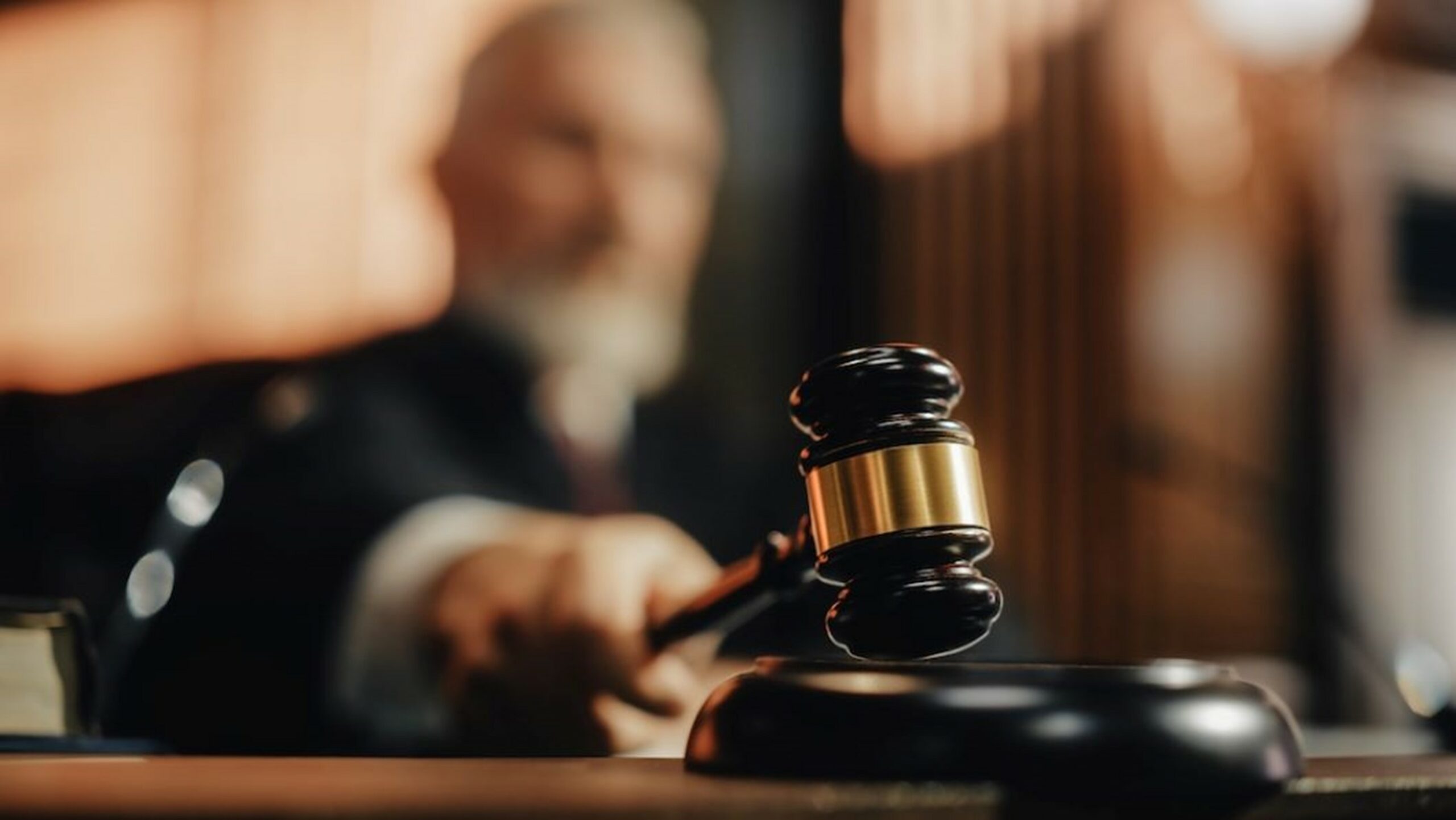
In a stunning move Tuesday, the Fifth U.S. Circuit Court of Appeals announced it was withdrawing its opinion, issued earlier this year, that firearm suppressors (aka “silencers”) are not protected by the Second Amendment.
The case is known as USA v. Peterson. There was no explanation about the court’s decision to withdraw.
In a statement posted on social media, the Second Amendment Foundation said, “This is a major development that indicates the Court may be reconsidering that incorrect ruling, potentially in response to a Letter Brief filed in the case by the United States, asserting that Suppressors are indeed “arms” protected by the Second Amendment.”
Back in February, the court issued its opinion, authored by Chief Judge Jennifer Elrod. The opinion may be read here, not that it matters any longer.
American Suppressor posted a message on “X” noting, “This is an UNPRECEDENTED step towards acknowledgement that suppressors are protected by the Second Amendment!”
Suppressors have been around for generations, but are regulated under the National Firearms Act, which raises an interesting question. If they are not considered components of a firearm, and thus are not protected by the Second Amendment as a bearable arm, why would they be subject to regulation under the NFA?
According to the court’s February ruling, “Following a law enforcement raid on his home and place of business, George Peterson pleaded guilty to possessing an unregistered suppressor in violation of various provisions of the National Firearms Act (NFA). On appeal, he challenges the denial of two pretrial motions: a motion to dismiss his indictment on Second Amendment grounds and a motion to suppress evidence on Fourth Amendment grounds.”
As noted by author Stephen Halbrook in Reason magazine at the time, “Under Heller, ‘the Second Amendment extends, prima facie, to all instruments that constitute bearable arms, even those that were not in existence at the time of the founding.’ To that, the Peterson court added that ‘to constitute an ‘arm,’ the object in question must be a weapon.’ In other words, for a modern-day instrument to be an arm under the Second Amendment’s text, the object itself, standing alone, must be an arm.”